Trek seem to have spotted a gap in the market that I’m not sure anyone saw coming. Time was the transition from good kids’ bike to proper mountain bike was filled by small-framed hardtails, or maybe women specific full-sussers, usually a bit big but that was the choice. The idea of decent off-road bikes was starting to filter down to 24” wheels, but recently we’ve seen decent all-round 24” and 26” bikes appear in kids’ ranges, only to disappear again after a year or two. It almost seems that bike manufacturers haven’t been able to decide if decent mountain bikes for 10-12 year olds is a gap in the market or too small a niche to bother with. To compound this, the stock of little adult 26” wheeled bikes has rather abruptly begun to dry up.
The choice has been awkward and ill-fitting, or perhaps exotically expensive, or maybe simply over-weight and downhill-oriented. Lots of parents push through this, aiming for the good bike that fits on the other side of a growth spurt a few years down the line. We shouldn’t have to deal with this mountain bike puberty – that difficult period where kids go from great kids’ bikes to poorly fitting and hard to ride bikes – before finally growing enough to reach adult bike nirvana.
fitting big wheels into a good handling package is the norm now
The two big stumbling blocks to making a decent little mountain bike are fitting big enough wheels in and finding suspension that works. I’ve always favoured riding position and handling over jumping up the wheel sizes. I think it’s worked, our test pilot is a fairly skilled rider, but it wasn’t easy watching him getting battered riding 20” and then 24” wheels. We judge terrain relative to 26”, 27.5” or 29” wheels, watching someone ride the same stuff on 20” gives it a new perspective. The last few years of development of bigger wheel sizes seems to have created a geometry trickle-down effect though – fitting big wheels into a good handling package is the norm now. Suspension on kids’ bikes has, however, traditionally been heavy or ineffectual or usually both. The big question hanging over this bike is would the suspension be worth the pain of lugging it around?
The Trek Fuel EX Junior
First impressions are that this is a proper bike. It looks like a decent trail bike, only smaller. The colour is fairly unmissable in a good way and it has elicited more than its fair share of double-takes when out on the trail. The price is an entry-level trail-bike price and the spec is, overall, entry-level trail-bike spec, with some key nods to its diminutive pilot. Narrow bars with a good back-sweep, thin grips, small saddle, short cranks – so far so good.
setting the rear sag for our light test pilot was a breeze
Setting up was very straight forward. Getting the riding position dialled (before addressing the suspension) revealed how properly small the frame is. It actually measures up as a 12 inch frame, and the standover is only 25 inches , a good couple of inches less than most of the smallest womens’ frames. A slight disappointment was to see Shimano’s sub-groupset M355 4-finger brake levers alongside the Deore level drivetrain, when the shorter lever-throw of Deore 2-finger levers make them pretty much perfect for small hands.
Rider fitted, it was time to look at the suspension. The EX Jr has 90mm of air-sprung travel at each end, the front provided by an X-Fusion Velvet RL and the rear by a specially-made, scaled-down X-Fusion Microlite RL shock. The shock is mated to Trek’s Full Floater mechanism, complete with EVO Link one-piece rocker and ABP at-the-hub pivot – all slightly scaled-down to fit into the compact frame. The shock is a relatively short 150mm eye-to-eye, with a 30mm stroke, and tailored to light riders by using a much narrower shaft than most shocks. This meant that instead of being a frustrating pump-fiddling process, setting the rear sag for our light test pilot was a breeze. The fork was a bit more pressure-sensitive, but certainly easier than setting up most air forks for really light riders.
On the trail
The rider loved this bike from the start. The compact frame and geometry gave him the confidence to make the most of the suspension, immediately hitting things harder and faster than before. The short, tapered head tube means the rider can get a good attacking position. The suspension worked just as it should and the gears and brakes performed just as we’ve come to expect from Shimano. Everything allowed the rider to get on with riding, and in this case trying to get air off every bump in the trail.
I guess a fun bike to ride is a fun bike to race
It isn’t a light bike (hovering around 30lbs with pedals on my scales) but it was regularly chosen as a race machine over more suitable, lighter bikes – I guess a fun bike to ride is a fun bike to race. On the trail the weight didn’t seem to bother the handling, although the slightly unfashionable 2×10 gearing gave it some welcome winching capability when the hills beckoned. The weight is comparable to other trail bikes at this price, but let’s not pretend £1400 isn’t a lot for a kids’ bike, which neatly sums up the difficulty of designing good kids bikes without them costing the earth.
After a few weeks the rider declared the bars too narrow and stem too long, so they were swapped out, saving a few grams in the process. The tyres and wheels performed perfectly, but are a little portly. If you happened to have a stock of nice, light, ‘outdated’, 26” wheels and tyres you could easily save some useful weight there, but I don’t think it would be fair to judge this bike on weight. In an ideal world it would be 3-4lbs lighter, but that would certainly price it out of reach for most people, a company like Trek wouldn’t be making it, and we’d lose all the R&D benefits and economies of scale that big manufacturers bring. In fact we’d be back to unaffordable exotica and most kids on the wrong sized bikes again.
Other than the brake levers the only minor niggle was the lack of quick releases on hubs and seat post (and you’d be lucky to fit a dropper in due to the bend in the seat tube). I suspect this is legally driven with the wheels (and Trek are a very risk-aware company), but it would have been nice to have alternatives supplied rather than have to go hunting for extra bits straight away.
Overall
The Fuel EX Jr is an incredibly capable trail bike that works brilliantly for the small rider it’s designed for. It’s not a race bike, nor a downhill bike, and it’s all the better for it. It’s a no-compromise mountain bike to have fun on the trails with. Packaged like this 26” really works as a junior wheel size to span those difficult “tween” years. I hope this is the start of a trend, and not just a successful one-off.
Review Info
| Brand: | Trek |
| Product: | Fuel EX Junior |
| From: | trekbikes.com/uk |
| Price: | £1400 |
| Tested: | by Jon Bateman for 3 months |
Comments (0)
Leave Reply
Post Comment
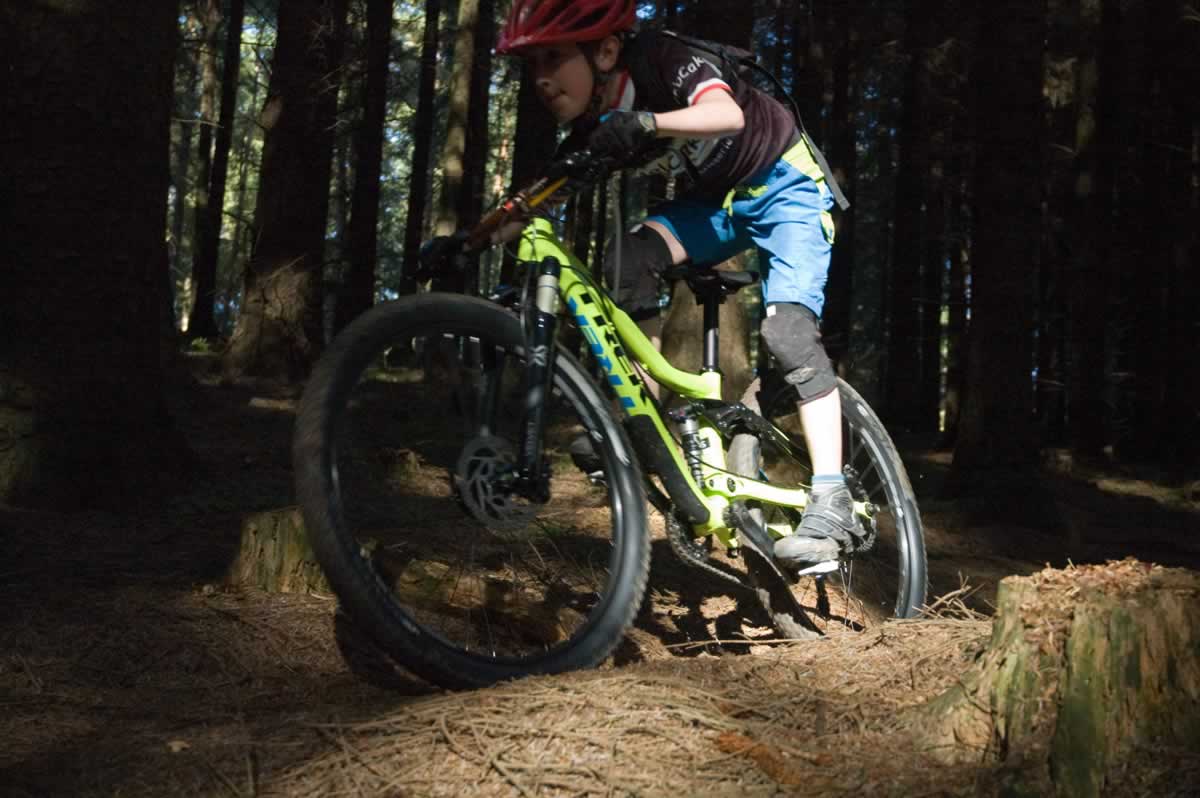
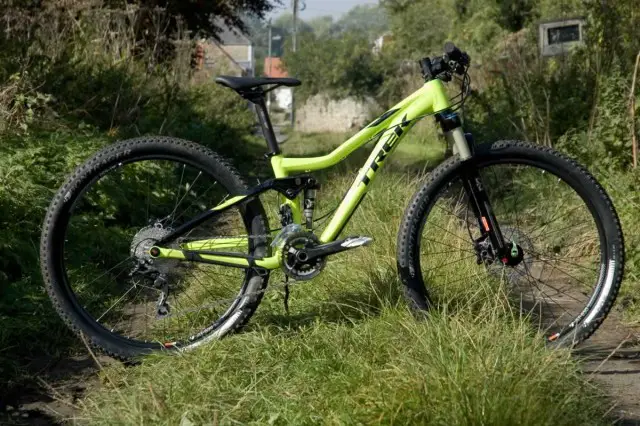
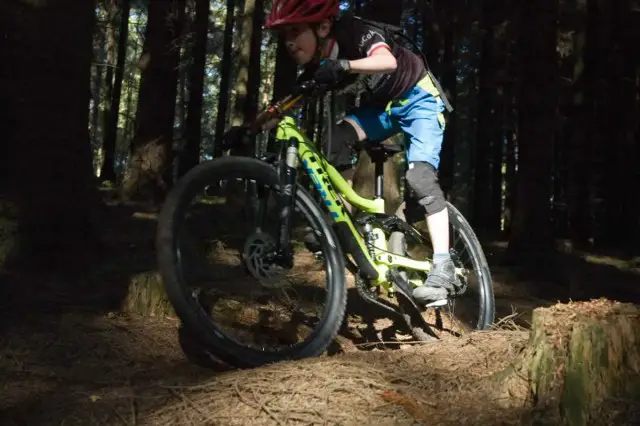
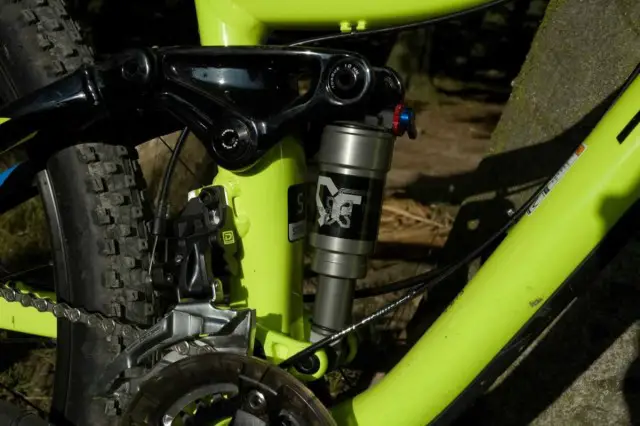
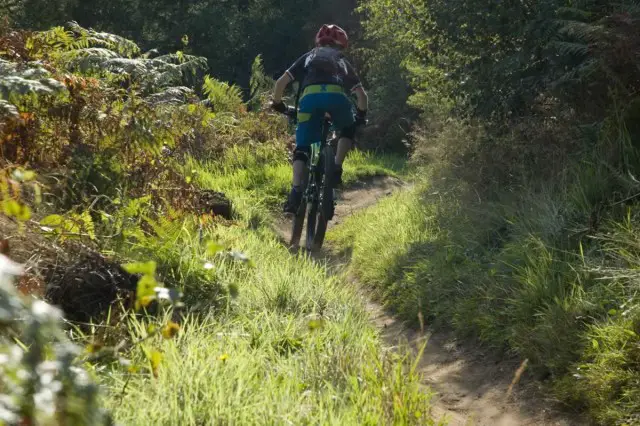
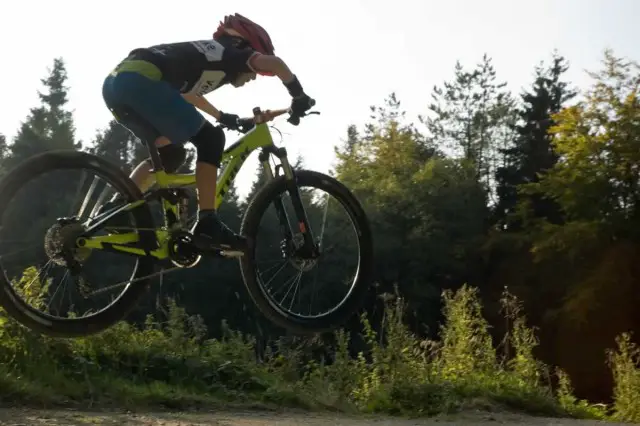

Does this mean my shed full of Extra small and small 26″ wheeled bikes are sought after now!?
m_o&a – yep – just try putting a FS ad in and see what happens. I’ve just built up a xs hard tail for my son (a 26er) and its hard finding a suitable frame. Also hard finding suitably shorter cranks. Ended up getting some xt at 165mm. (nicer than my own cranks!).
Would be interested to know how tall the tester was for the review?
Not sure crank length is massively important – smaller better, agreed, but my 9 year old is on 170mm cranks without issue. I bought them by mistake and used them for a couple of years myself before I noticed they were shorter. They often show up cheaper on the usual suspects though so worth looking out for.
My only concern would be that £1400 is a lot of cash for such a small frame. I might consider it having 3 to hand it on to and presumably reasonable resale, but I think in the end I wouldn’t be able to do it! There is a Whyte aimed at the same gap I think I’d go for if I was feeling flush at roughly half that.
I’ll have to measure him when I get home… they keep changing, very inconvenient!
I tried 165mm cranks on his smaller 24″ bike and, at the time, they were definitely too long so they got swapped for 150mm Thorn ones. The 160mm ones on this bike seemed bang on for him. He’s got 165mm on his road bike and they’re on the cusp of being too long, but not so much I’m going to bother change them. One of the difficulties in speccing these things is that kids vary massively in height around this age and crank length is very sensitive.
There’s no getting away from £1400 being too rich for many for a kids bike. It’d be great to see similarly designed hardtails – that Whyte is interesting, but it’s got a much higher standover than the Trek, so it’s not really modelling the “shrunken 29er” thing in the same way.
thanks STW you’ve just labelled my bike as a ‘kids bike’… slopes off….